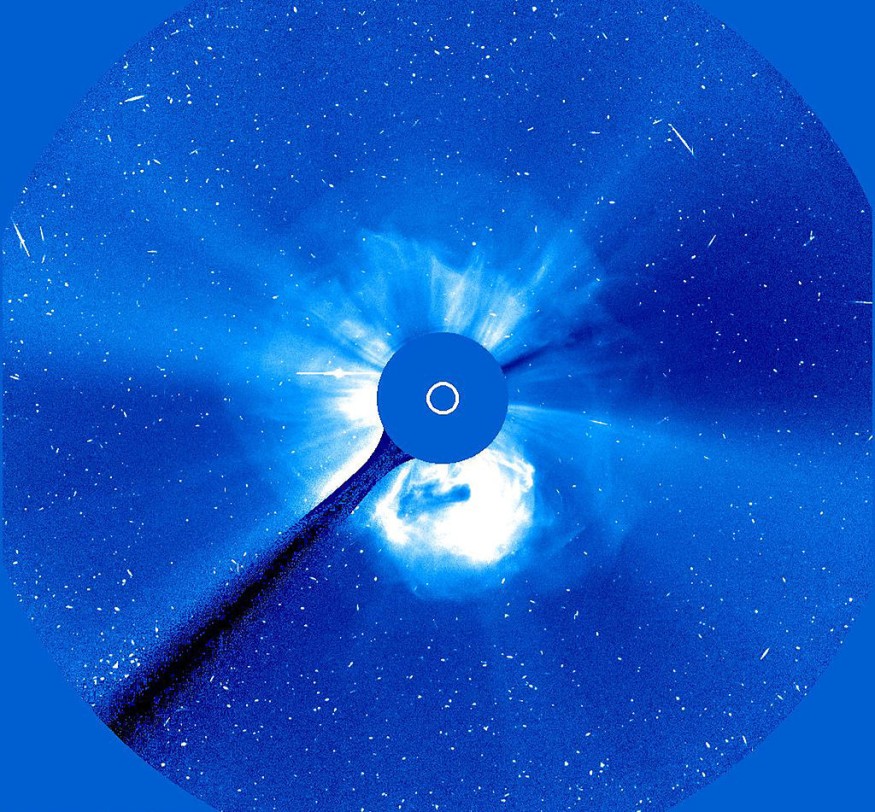Radio blackouts struck Europe and Africa several days after a powerful solar flare exploded through a sunspot known as the AR3085 from active region from the Sun, according to multiple reports.
Experts reportedly claimed that the solar storm hit Earth and another one is due in the coming days.
The recent space weather event adds to the green-colored aurora borealis in our planet's atmosphere.
Sunspot AR3085 on Friday, August 26, comprised of a series of intensifying M-class (moderate) solar flares, which is relatively less disruptive and life-threatening compared to the strongest classification known as X-class flares.
However, the Solar Dynamics Observatory of National Aeronautics and Space Administration (NASA) stated they would still reach their peak at on Saturday morning, August 27.
NASA's observatory predicted that it can still cause a brief radio blackout across Europe and Africa.
Another wave of charged particles set to hit the Blue Planet on Monday, August 29, causing renewed auroras across the Arctic Circle, according to the National Oceanic and Atmospheric Administration (NOAA).
Disruption to other electrical and satellite-based technologies are possible in the coming hours.
In recent months, multiple solar outbursts have resulted in radio blackouts in different parts of the world.
In April, a massive solar flare caused related disruptions in Asia and Australia. In June, a related solar explosion caused a radio blacked in the Western United States. In July, another solar storm reportedly hit Earth, causing disruption to a number of power grids.
Radio Blackouts Reported

NASA captured the "exceptionally powerful flare" at around 7:16 a.m. EDT (local time) on Saturday when certain populations in Europe and Africa experienced the brief radio blackout, according to Live Science.
This comes as the Sun has renewed it solar activity this week, overwhelming sky watchers in recent days.
While the recent disruption was caused by the mentioned solar flare, the upcoming space weather event on Monday is a coronal mass ejection (CME), as disclosed by the NOAA earlier.
Astronomers have reported that the Sun is gearing towards the maximum of its 11-year solar cycle, which started in late 2019 and is expected to last until 2030.
What are Radio Blackouts?
Radio blackouts, in general, can cause disruption to radio frequencies and navigation, according to the Space Weather Prediction Center (SWPC) of the NOAA.
The magnitude of these disruptions' ranges from low-level degradation of signals to complete outages or stoppage of technology dependent on satellite and radio communications.
One of the most common instances of a radio blackout is the so-called unintentional signal jamming or radio jamming, which affects wireless communications.
In November 2003, NASA reported of a similar event where a strong solar flare was released by the Sun.
The intense burst of radiation also came from the release of magnetic anergy connected with sunspots, which are sometimes called as "gateways" of solar storms.
These solar explosions are caused by the dynamic movement of the Sun's magnetic field lines, which often tangles and intertwine with one another.
© 2025 NatureWorldNews.com All rights reserved. Do not reproduce without permission.





